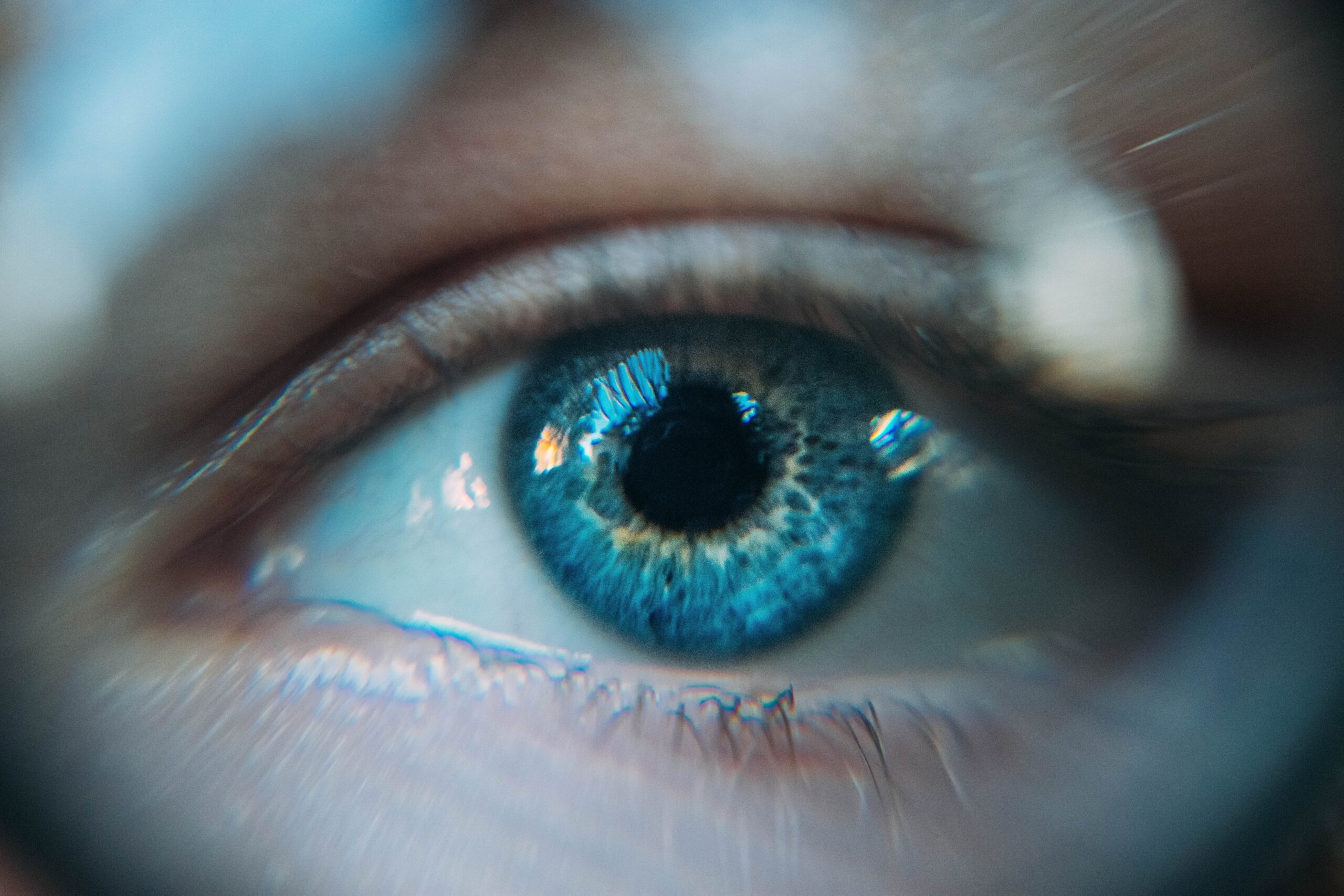If you grew up wearing—and losing and breaking—eyeglasses, corrective laser surgery, Lasik, can seem nothing short of miraculous. The promise of 20/20 vision has enticed over 19 million people to undergo the elective procedure since Lasik was approved by the FDA in the 1990s.
Lasik is touted as virtually risk free but there is a growing group of former patients and industry watchdogs clamoring for the FDA to warn the public that there can be blurring, dry eyes, double vision, pain, and other serious complications for months, or even years, after the surgery. A recent study found that as many as 40 percent of post-operative patients experienced some of these symptoms, and that it was often unexpected.
Another issue, sometimes underplayed, is that nearsighted patients over 40 who can read without glasses often require reading glasses after the procedure. Advocates want patients to be better informed of the risks and drawbacks before surgery and have longer follow up surveillance and medical care after.
Speaking with the New York Times, Geobanni Ramirez presents a cautionary tale. Two years following Lasik, the 33 -year-old graphic designer has double vision, sees halos, and experiences burning which he describes as a sensation similar to cutting onions. He’s particularly outraged that he wasn’t prepared for any post-operative issues before he elected to have the surgery which costs on average $4100 out-of-pocket. “I go to sleep at night beating myself up about it, thinking, “Why did I not at least Google the possible side effects and complications of Lasik?'” Mr. Ramirez lamented. “I do that when I buy a car.” In rare cases, other patients report intense pain caused by nerve damage and extreme dryness akin to feeling needles in the eyes.
Still, there are also many studies reporting high patient satisfaction. The Times notes that a number of these are industry funded. According to the Mayo Clinic, major complications that might lead to vision loss or long term disability are rare, but temporary post-operative issues are “fairly common.” They list a number of risks including dry eyes, halos, and double vision that can persist for up to six months as well as the possibility of under or over correction, which can be be irreversible or require additional procedures. Over time, they note, some people’s eyes revert to their “original level of vision.”
The American Refractive Surgery Council counters that the procedure is exceedingly safe and that patient satisfaction in the United States is as high as 96 percent. They do acknowledge that there are risks and encourage potential candidates to look at non-industry funded studies before going under the laser.
One thing everyone agrees on is that certain people are not good candidates for the surgery. The FDA lists a number of factors to consider before having Lasik from practical considerations, such as not being able to afford the surgery and follow up care or playing contact sports, to a number of prohibitive medical conditions. If you are considering corrective eye surgery, this list is a good place to start your research. Ask your doctor to clearly lay out the timeline for recovery and potential issues.
As with any procedure, getting a second opinion is wise. And remember, there is no such thing as risk-free surgery—if it sounds too good to be true, it just may be.










